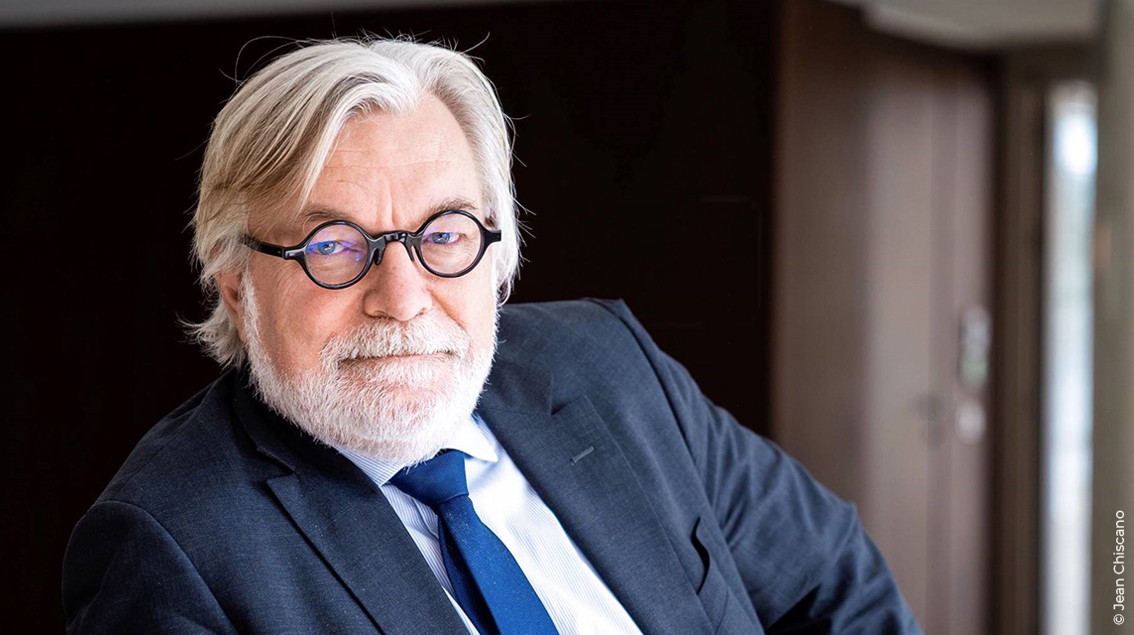Donald Trump proposed Monday the creation of a U.S. sovereign wealth fund. The idea may seem appealing when you look at the sovereign wealth funds in Norway, China, Singapore and some Middle Eastern countries. They smooth out current income over time for future generations.
The specific question for a US fund is how it is financed and for what purpose.
In a country like Norway, the fund is financed by oil revenues. Rather than spending this windfall immediately, the fund allows its revenues to be spread over time to meet the financing of pensions when oil is no longer profitable or its resources are exhausted. For China, the external surplus allows it to accumulate liquidity whose use will be smoothed over time.
In all cases, these funds are invested in financial assets and/or real assets. They are thus capitalized on immediate revenues to reduce a risk in the future. The idea is simple and it is to redistribute these resources in the future. It is a form of mutualization over time so that oil revenues, for example, benefit everyone, over the long term.
In the American case, Donald Trump indicated that it would be a debt financing. In other words, the fund does not feed on a surplus of revenues, but on an accumulation of debts. The logic is not the same since the American government is already heavily indebted (around 120% of GDP in 2024) and its public deficit is close to 7% of GDP.
The fund thus created would not be intended for redistribution over time, but would be a weapon for the White House’s economic policy. It would be invested in American assets. Donald Trump has mentioned the possibility of using such a fund for an operation on TikTok. This would potentially be a way to circumvent the control that the American Congress can have over public spending. Congress would therefore give its approval for the establishment of the fund, but would not be able to control its use. Such a fund could thus increase the deficit and debt outside of any democratic control.
Such a fund existed in Malaysia, the 1MDB fund, but its resources were quickly exhausted and it disappeared.
Given the very vague rules set out by the White House, we can clearly see the origin of the resources, but not very clearly the destination of the funds that will be allocated there. The risk is then of fueling a form of corruption, cronyism and personal enrichment.
This is the problem of a country whose central power seems to be moving away from democratic rules. There are increasing signs that suggest that power is feeding power without sharing it.
This cannot be reassuring given the size and power of the United States.


